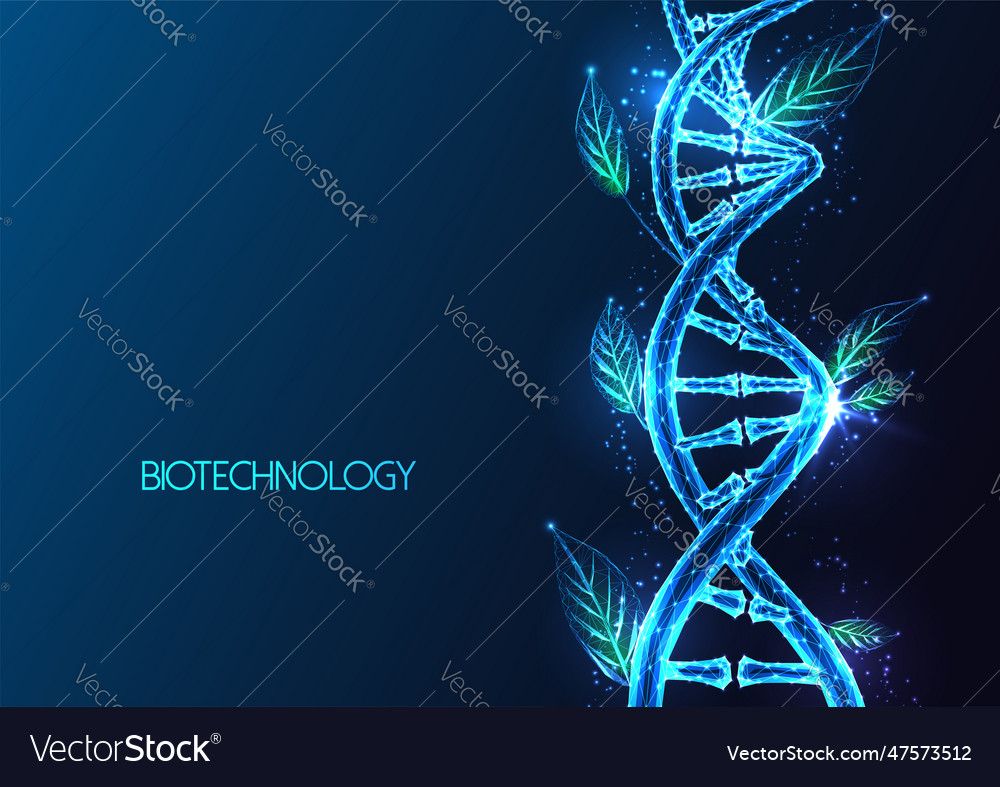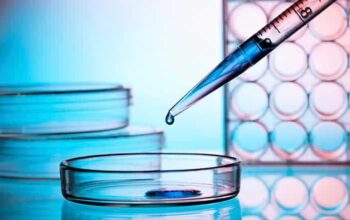Biotechnology and bioengineering have taken the scientific community by storm, drawing the curiosity of researchers and the general public alike. Imagine a world where humanity harnesses the vast complexities of biological systems to solve pressing health concerns, augment agricultural production, and mitigate environmental degradation. Yet, amid this promising horizon, a perplexing question arises: can we, as stewards of this knowledge, responsibly navigate the bioethical dilemmas that biotechnology presents? This inquiry serves as both an intellectual challenge and a moral compass as we embark upon a meticulous exploration of the interplay between biotechnology, bioengineering, and the intricate biosystems that shape our world.
The term “biotechnology” encompasses a broad range of techniques that involve living organisms or their components for the development of products and technologies. Spanning from traditional applications, such as fermentation and selective breeding, to cutting-edge genomic editing using CRISPR technology, biotechnology integrates insights from molecular biology, microbiology, and biochemistry. Simultaneously, bioengineering applies engineering principles to biological systems, making it an interdisciplinary field that bridges the gap between scientific inquiry and practical application.
An essential segment of biotechnology focuses on health and medicine. With the advent of personalized medicine, researchers are increasingly tailoring treatments based on individual genetic profiles. The potential for precision therapeutics raises the tantalizing promise of enhanced efficacy and reduced side effects. However, we must grapple with the implications of gene editing technologies: should editing germline cells in humans be permissible? Ethical considerations abound as they traverse the realms of societal norms, potential inequalities, and unforeseen consequences.
In the arena of agricultural biotechnology, genetically modified organisms (GMOs) have ignited fervent debates regarding food safety, environmental impacts, and corporate control over the food supply. Advancements in bioengineering have enabled the development of crops with enhanced resilience to pests, drought, and diseases, thereby improving food security. Yet, the prospect of monocultures and the potential loss of agricultural biodiversity invoke concern. How can we balance the quest for high-yield crops with the necessity for sustainable practices in farming?
Environmental biotechnology further exemplifies the dual-edged sword that biotechnology embodies. This domain unveils innovative approaches to bioremediation, where living organisms are employed to detoxify polluted environments. Microbes have proven remarkably adept at degrading hydrocarbons in oil spills and immobilizing heavy metals in contaminated soils. While these techniques offer solutions to pressing environmental crises, they necessitate caution. Can the introduction of genetically engineered microorganisms into ecosystems yield unintended ecological ramifications? This question requires fine ethical considerations and rigorous regulatory frameworks.
As we delve deeper into the core principles of bioengineering, we encounter an intriguing concept: biomimetics. This is the practice of drawing inspiration from nature’s models, systems, and processes to innovate technological solutions. The field has enriched disciplines such as materials science and robotics. For instance, engineers have designed synthetic adhesives inspired by gecko feet and drones modeled after the aerodynamic movements of birds. These innovations prompt us to ponder: can technology’s pursuit of efficiency inadvertently overshadow the biological ingenuity that sustains life on Earth?
A significant facet to consider when discussing biotechnology and bioengineering is the societal impact of these advancements. It is indispensable to explore the socio-economic implications of biotechnology on marginalized communities. Access to biotechnological innovations can often be limited, creating divides that exacerbate existing inequalities. Furthermore, the commercialization of genetic resources raises concerns regarding biopiracy, the unethical appropriation of indigenous knowledge and biological materials. Thus, it is imperative to advocate for inclusive policies that ensure equitable access to biotechnology benefits.
Moreover, the potential for bioweapons and bio-terrorism poses an existential threat that must not be overlooked. The ease of manipulating biological systems, particularly virus genomes, presents alarming prospects for weaponization. In responsiveness to this challenge, biosecurity measures must integrate rigorous oversight and international collaboration to curtail the misuse of biotechnological advancements.
As we explore the future trajectory of biotechnology and bioengineering, the intertwining of scientific progress and ethical considerations becomes increasingly salient. Scientists, ethicists, and policymakers must engage in critical dialogue to navigate the moral landscapes ushered in by biotechnological developments. One potential avenue for responsible governance could be the establishment of multidisciplinary ethical boards capable of reviewing research proposals and commercial applications. Such collaborative mechanisms could foster an environment that values transparency and promotes public trust in biotechnological advancements.
In conclusion, biotechnology and bioengineering serve as formidable tools in decoding the biosystems puzzle that underpins our existence. They offer revolutionary possibilities for medicine, agriculture, and environmental restoration. However, with great power comes great responsibility, and as we harness the complexities of life, we must remain cognizant of the intricate ethical, ecological, and societal ramifications. The interplay of innovation and caution shall determine our trajectory in the ephemeral landscape of biological advancement. The question is not merely “Can we?” but rather “Should we?” as we navigate this brave new world of biotechnological marvels.










